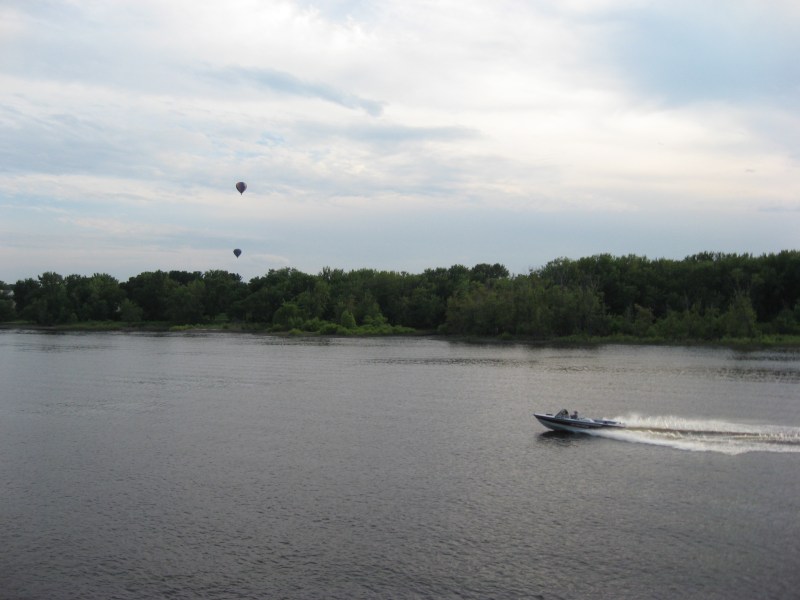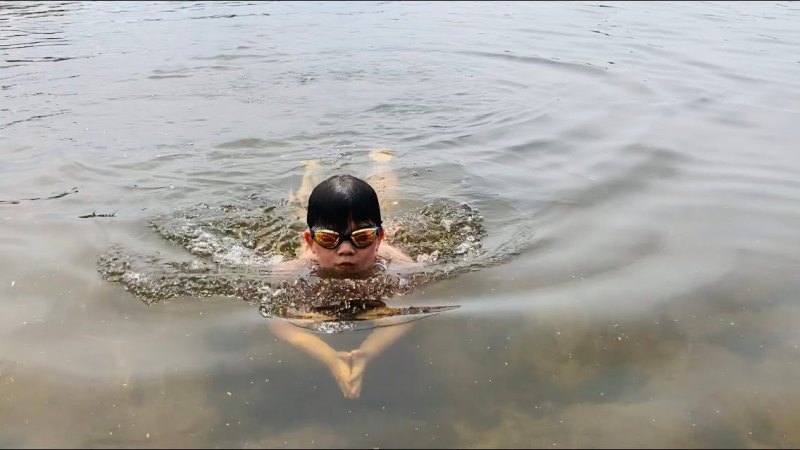This week, Brown’s Creek Watershed District begins work on a stream restoration project designed to reduce bank erosion and improve habitat for fish along a half-mile stretch of water that flows between McKusick Ave. and the Brown’s Creek State Trail.
Read More








